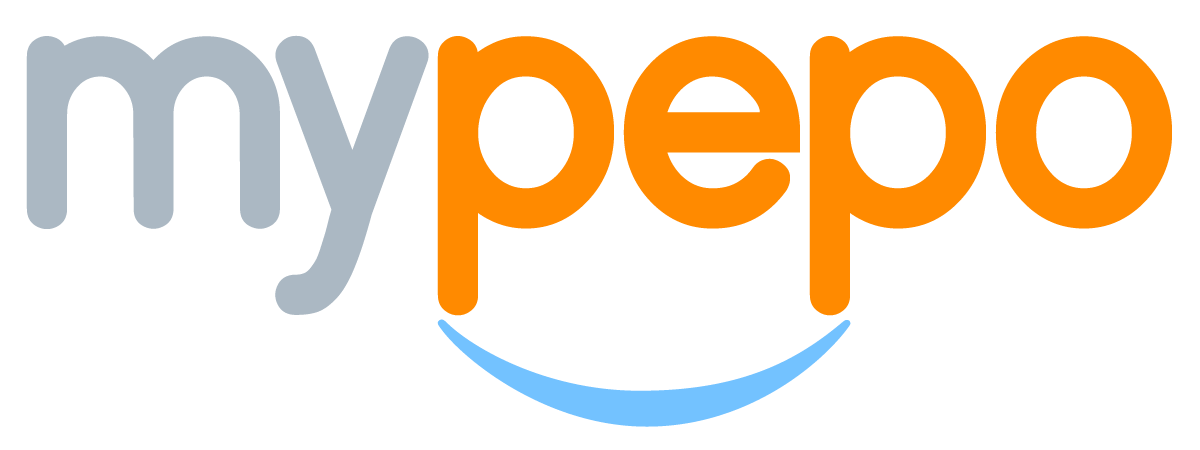AI art, also known as computational art or algorithmic art, refers to artworks created with the assistance of artificial intelligence (AI) algorithms. In AI art, the creative process involves using machine learning techniques, generative algorithms, and other computational methods to produce visual or auditory compositions.
There are several approaches to creating AI art:
- Generative Adversarial Networks (GANs): GANs consist of two neural networks, a generator and a discriminator, that are trained simultaneously. The generator generates new images or sounds based on input data, while the discriminator evaluates these creations for authenticity. Through this iterative process, GANs can produce novel and sometimes surreal artworks.
- Neural Style Transfer: Neural style transfer involves applying the artistic style of one image to another image using convolutional neural networks (CNNs). This technique allows artists to combine the content of one image with the style of another, resulting in visually striking compositions.
- Reinforcement Learning: Reinforcement learning algorithms can be used to train AI systems to generate artistic content based on predefined goals or criteria. Artists can provide feedback to the algorithm, guiding it towards producing desired outcomes.
- Evolutionary Algorithms: Evolutionary algorithms simulate the process of natural selection to generate new designs or artworks. These algorithms evolve populations of candidate solutions over multiple generations, selecting for traits that meet specified criteria.
AI art has gained prominence in recent years due to advancements in AI technology and increased interest in the intersection of art and technology. It challenges traditional notions of creativity and authorship, raising questions about the role of human artists in the creative process and the nature of artistic expression.
While AI art has generated excitement for its potential to push the boundaries of creativity and produce innovative artworks, it has also sparked debates about ethics, copyright, and the implications of automation for the art world. Despite these controversies, AI art continues to evolve as artists and researchers explore new techniques and applications for AI-driven creativity.




